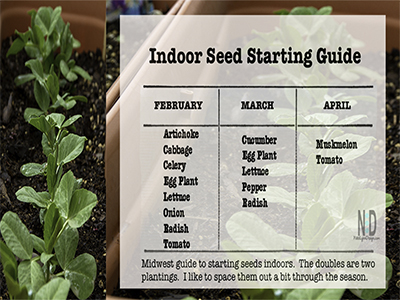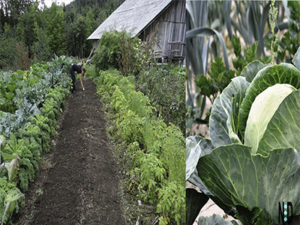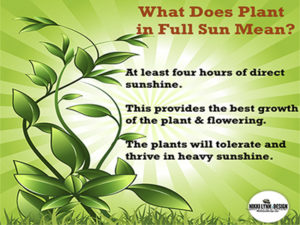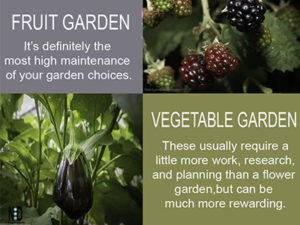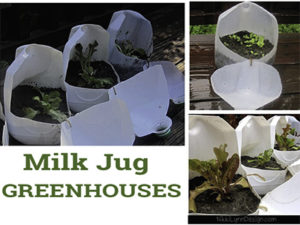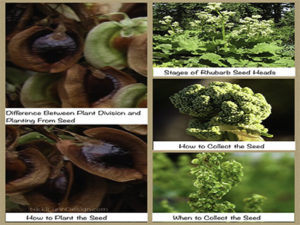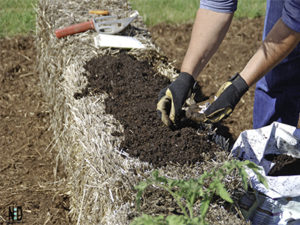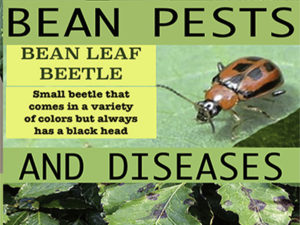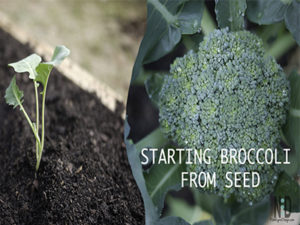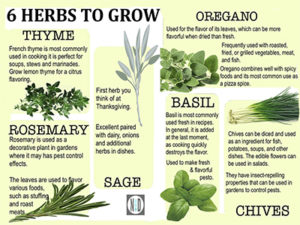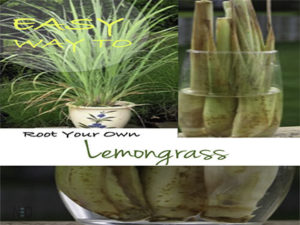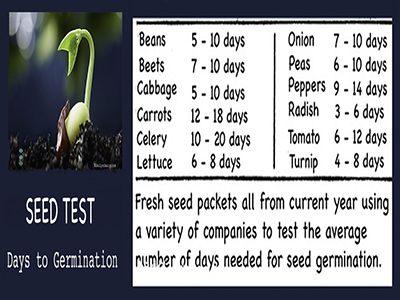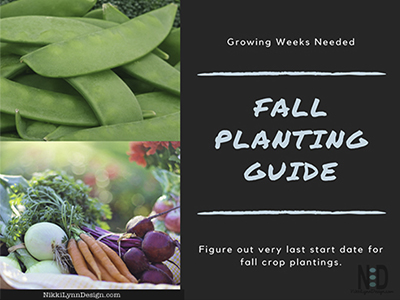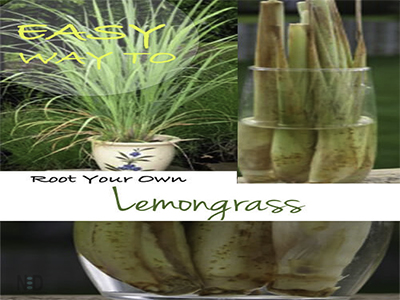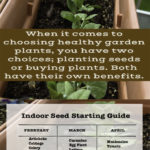Choosing Healthy Garden Plants
When it comes to choosing healthy garden plants, you have two choices; planting seeds or buying plants. Both have their own benefits.
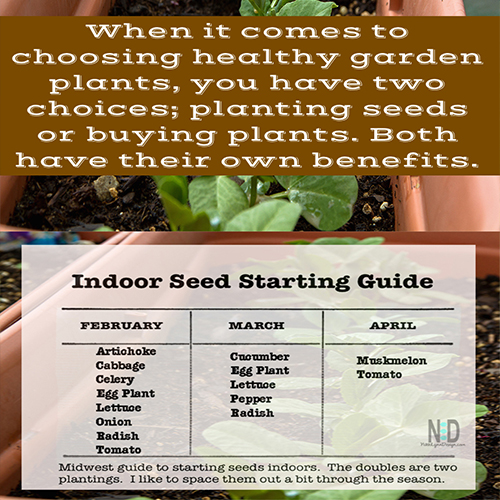
1.) Your First Choice is Planting Seeds
If you plant seeds and care for them every day, you will find it is a much more rewarding experience when you have a full, healthy plant.
However, this method is a lot riskier. I can’t tell you how many seeds I’ve planted and never seen any trace of green.
Another common problem that I had was my stalks became so spindly that the plants flop over because I never kept my grow lights on all day and night.
- Do the proper research on the seeds that you want to grow for the best result.
- Research the proper light, water, and soil for each plant.
- My best garden producing plants were plants that I grew myself from seed.
Additional Post: Buying & Planting Flower Seed
Sharing Is Caring – Pin Me
2.) Your Second Choice is Buying Nursery Plants
If you choose to buy the plants from a nursery and plant it in your garden, it reduces a lot of the research and work involved in producing healthy plants. However, I have found in the past that many incompetent nursery workers will absolutely ruin the future of the plant by putting certain chemicals or fertilizers in.
Adapt to this incompetence by asking questions and learning to choose the healthiest plant of the bunch.
What To Look For When Buying Plants At A Nursery
It may sound superficial, but the one thing you need to check for on your prospective plants is how nice they look. As far as plants go, you can truly judge a book by its cover.
If a plant has been treated healthily and has no diseases or pests, you can almost always tell by how nice it looks. If a plant has grown up in improper soil or has harmful bugs living in it, you can tell from the holey leaves and wilted stems.
- How nice does the plant look (leaves, stem)
- No diseases or pests on leaves & stems
- Is the soil healthy (no bugs, no mold etc.)
Books On Amazon:
Avoid Buying Plants With Flowers On Them If Transplanting
If you’re browsing the nursery shelves looking for your dream plant, you want to exclude anything that currently has flowers.
- Plants are less traumatized by the transplant if they do not currently have any flowers.
- It’s best to find ones that just consist of buds.
- However, if all you have to choose from are flowering plants, then you should do the unthinkable and sever all of them.
It will be worth it for the future health of the plant. I’ve found that transplanting a plant while it is blooming results in having a dead plant ninety percent of the time.
Less trauma to transplants without flower buds.
Check The Roots
Always check the roots before you plop down the money to purchase the plant. Of course, if the roots are in absolutely terrible condition you will be able to tell by looking at the rest of the plant. But if the roots are just slightly out of shape, then you probably won’t be able to tell just by looking at it.
Inspect The Roots For
- Inspect closely for any signs of brownness, rottenness, or softness.
- The roots should always be a firm, perfectly well formed infrastructure that holds all the soil together. One can easily tell if the roots are before or past their prime, depending on the root to soil ratio.
- If there are a ridiculous amount of roots and they are wrapped outside of the bottom of the container with little soil, or a bunch of soil with few roots, you should not buy that plant.
Sharing Is Caring – Pin Me
Look For Abnormalities
If you find any abnormalities with the plant, whether it be the shape of the roots or any irregular features with the leaves, you should ask the nursery employees. While usually, these things can be the sign of an unhealthy plant, occasionally there will be a logical explanation for it. Always give the nursery a chance before writing them off as horrendous. After all, they are (usually) professionals who have been dealing with plants for years.
Closing
So, if you decide you will be choosing healthy garden plants a nursery, you just have to remember that the health of the plants has been left up to someone you don’t know. Usually, they do a good job, but you should always check for yourself. Be sure you are choosing healthy garden plants, otherwise, all your hard work will go to waste.
The choice is yours. Either purchase seed and start your plants yourself or purchase healthy plants. Hopefully, you have some additional ideas on what to look for purchasing plants or where to start when trying to grow your own from seed.
New To Gardening?
If you are new to gardening and growing and find starting a garden a little overwhelming I do have a wonderful series of articles to read that may give you a little more insight on steps to take to give you additional comfort and knowledge.
Decided on a Garden Type
Choosing a Location For Your Garden
Prepping An Area For a Garden
Elements For Good Garden Soil
Test Your Garden Soil For Lead If Up Against an Old Painted Building
Fish Pellets as Natural Fertilizer
Use Less Soil in Your Planting Containers
Growing Herbs
Additional Posts
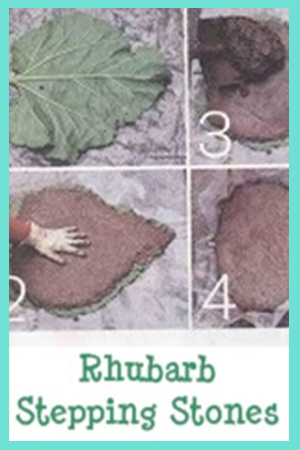
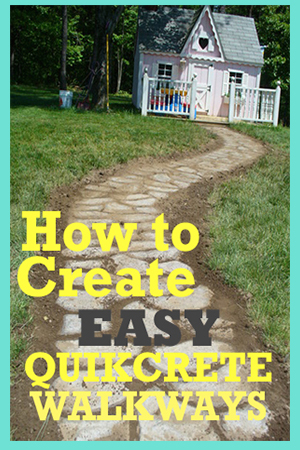
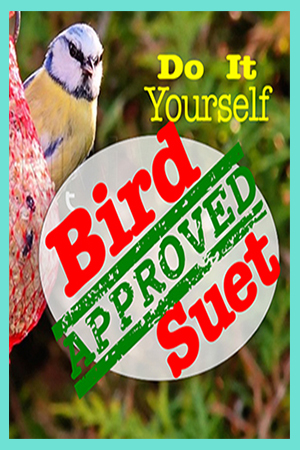
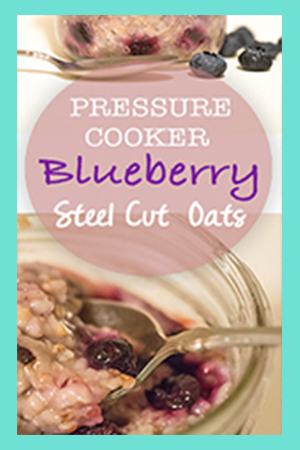
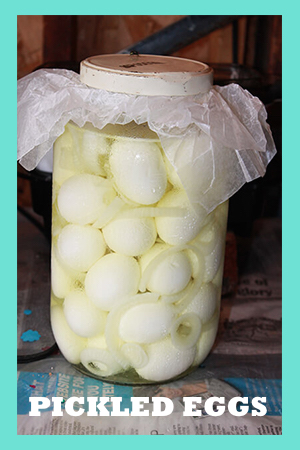
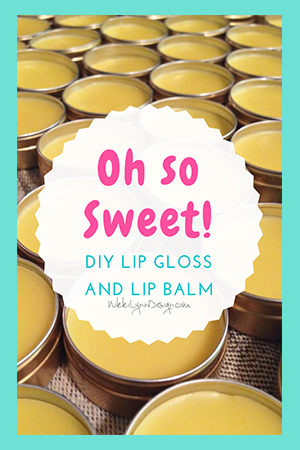
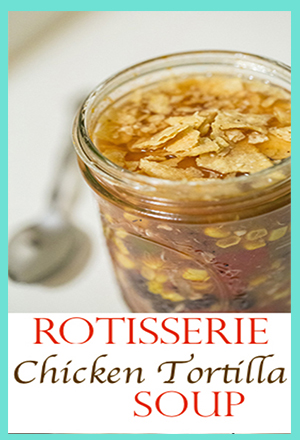
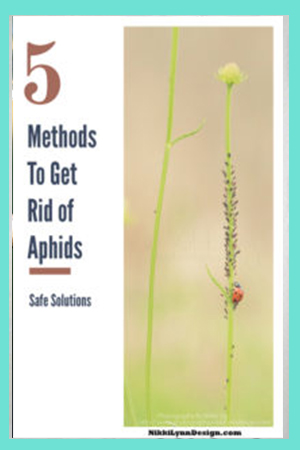
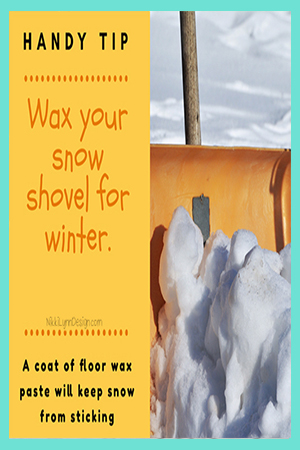
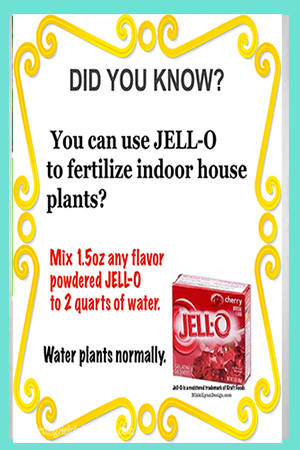
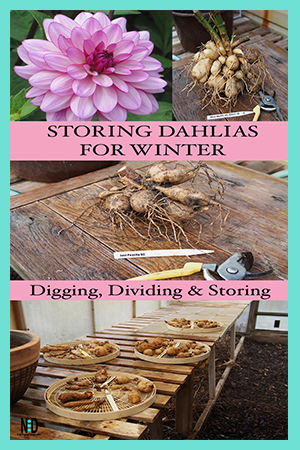
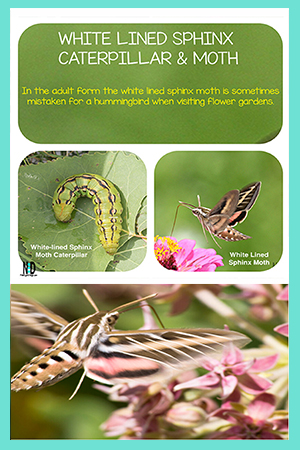
AFFILIATE POLICY: Posts on this site may contain links to outside vendors that pay me a commission when you purchase from them, at no additional cost to you. Thank you for supporting this site!
